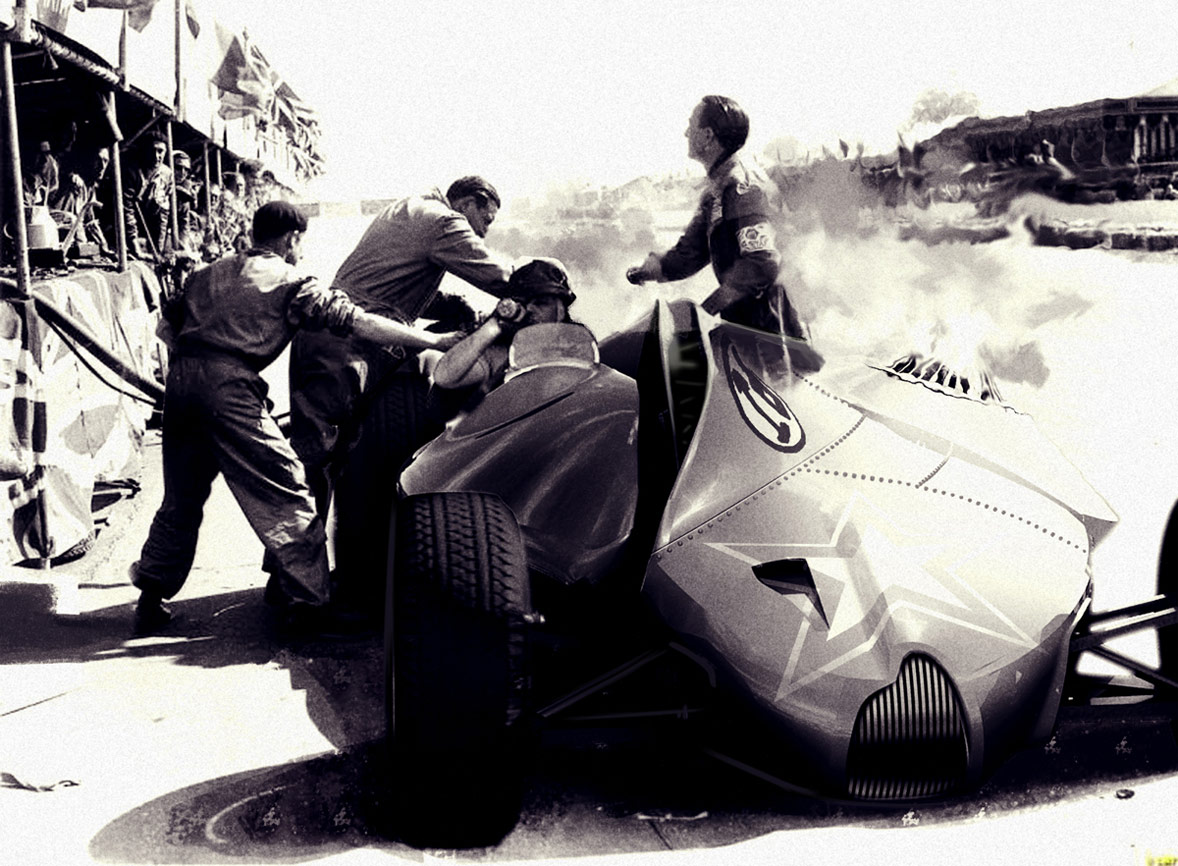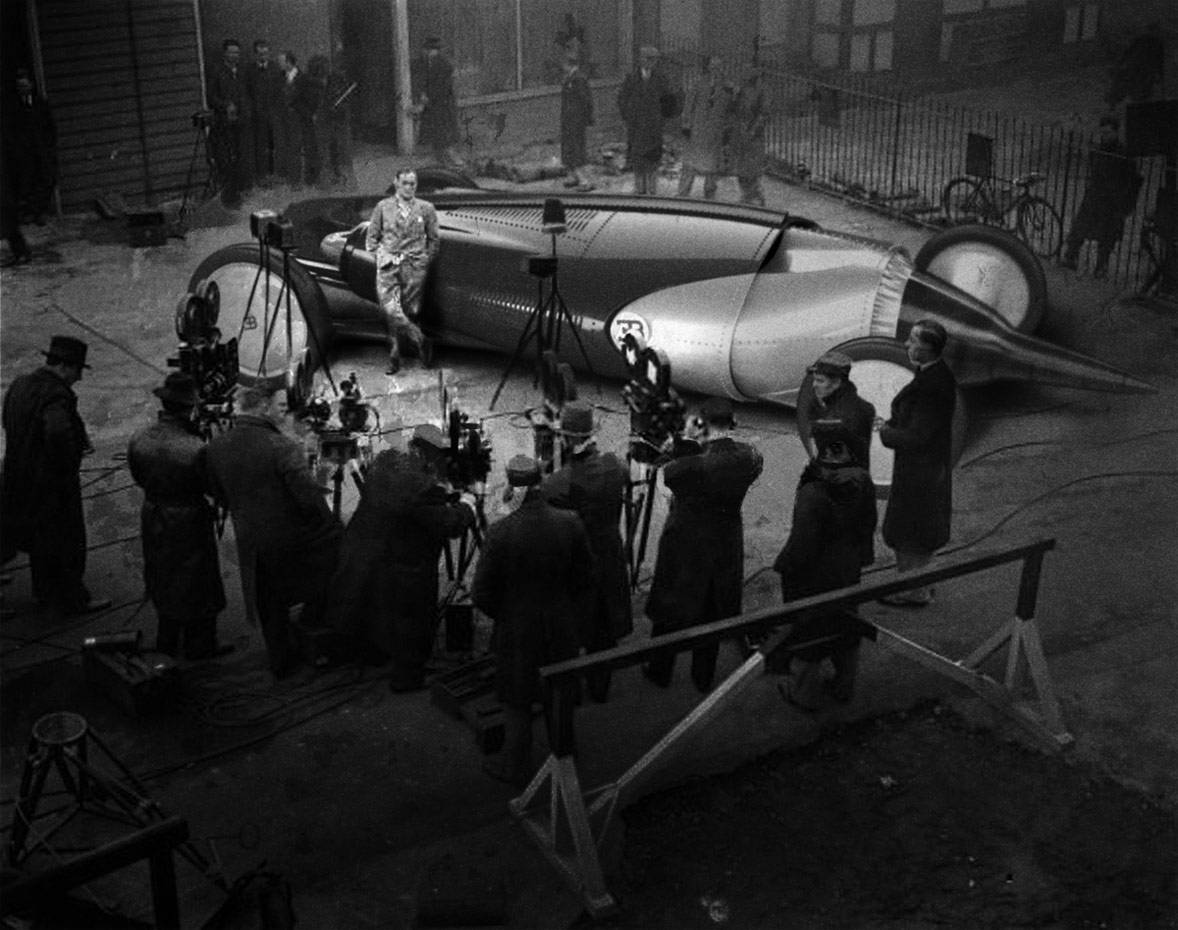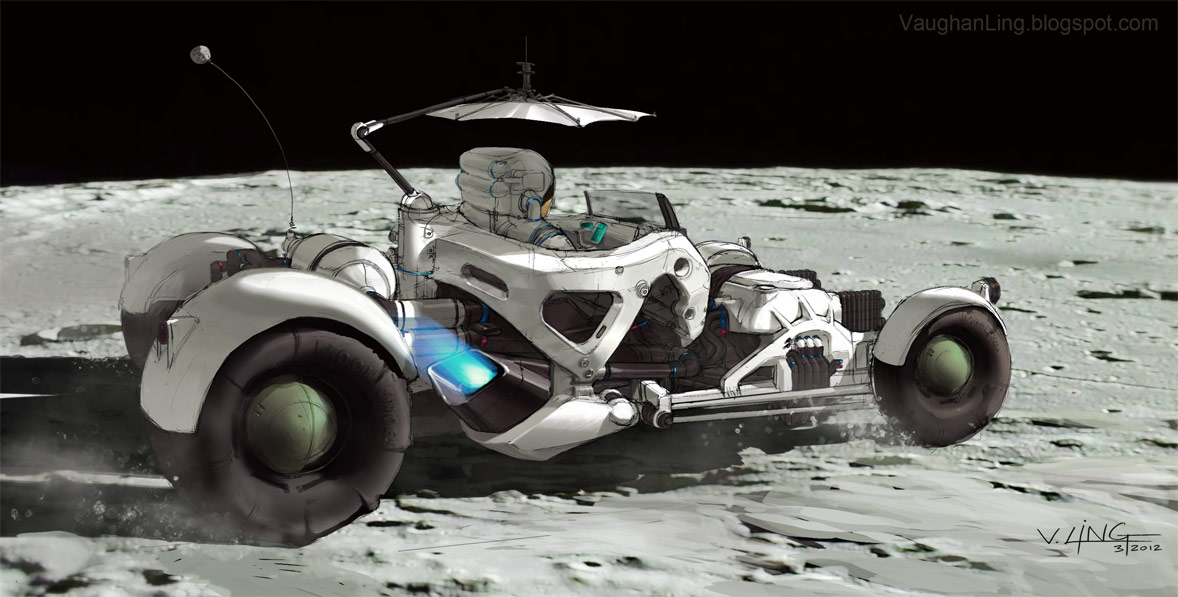Changing your own motor oil is the most basic DIY maintenance of your vehicle. It has to be done often enough that it really helps to know how to change your own oil. It's not complicated like a
steering rack or
AC Compressor install, but it is handy. Below is a short guide on what you need and how to perform a simple oil change in your vehicle.
You’ll need the following tools and items: A box end or socket wrench to remove the drain plug, an oil filter wrench (if it’s on really tight or doesn’t have grips on the end), an oil drain pan, a funnel, a jack and jack stands, and a long piece of cardboard or canvas to avoid any sudden spills.
Of course, you’ll also need fresh oil and a new oil filter.
Before going out and buying the needed supplies, make sure to check your owner’s manual for the right kind of oil for your vehicle and the amount you’ll need. Oil is typically sold in quarts, so if your car needs 5.7 quarts buy 6 quarts of oil at the store. Then you need to make sure you buy the right viscosity – if your car lists 5W-30, buy 5W-30 even if another viscosity is cheaper or on sale. Always put in the viscosity your owner’s manual suggests.
As far as whether to buy conventional or synthetic, it’s largely up to you – unless your owner’s manual specifies synthetic or you have a turbocharged or supercharged engine, in which case you should also buy synthetic.
Once you’ve gathered everything, park your car on a level surface and jack it up, placing jack stands on either side of the frame. Some newer cars have undercovers, so you may need to remove this to access the drain plug and oil filter. It’s best to change the oil when the engine is slightly warm, but never when it’s hot – all the oil hasn’t had a chance to drain into the oil pan and you could get burned.
Locate the drain plug and oil filer. Most cars have bottom-mount, screw on filters. Locate the drain plug, and place your open oil pan underneath where the drain plug will drain. Some people say removing your oil reservoir cap in your engine bay will help the oil drain out faster and smoother. While this may not necessarily be the case, it will help you remember to put fresh oil in your car before driving off.
The drain plug is often at an angle – try to position the oil pan where the oil will come out. Take your socket wrench and loosen the drain plug slowly. Once it seems pretty loose, carefully unscrew and remove it by hand, allowing the oil to spill out onto the oil pan.
Wait for all of the oil to drain out of the vehicle, and then replace the oil drain plug. Make sure it is clean and free of debris, and that the washer is clean and intact, before putting it back on. Make sure to screw it back on tightly with a hand wrench so you can’t tighten it anymore, but don’t use a socket wrench or anything that would strip it out.

Then move your oil pan underneath your oil filer. Get out your oil filter wrench and twist off the oil filter. Turn the filter upside down towards the side of your oil pan and let it drain as your car drains the oil out of the oil filter socket. Once it’s finished draining, use rags to clean as much of the oil away as possible, paying special attention to the filter sealing surface. Then open a quart of fresh oil and put a dab of it on the gasket of your new oil filter, then screw the new oil filter in the proper socket. Tighten the oil filter as much as you possibly can by hand – you shouldn’t need a filter wrench unless your hands are too greasy to tighten it properly.
After you confirm that the oil drain bolt and oil filter are properly in place and tightened, it’s time to add fresh oil. Place the funnel into your oil reservoir and start adding oil. Ad about a half of a quart to a full quart less than is recommended by your engine.
Replace the oil reservoir cap and run the engine for 30 seconds or so to circulate the new oil. Look underneath your car and make sure there are no leaks. Then check the oil level in your car and make sure it falls within the right parameters – if it doesn’t, add a bit more oil to top it off.
Once you’ve made sure everything looks good, remove the jack stands and lower your car. The only thing left to do now is properly dispose of your old oil. Most auto parts stores that sell oil have a waste oil bin you can dump your old oil in for no charge.
Then you’re done! Once you’ve done this a few times, it becomes a breeze. Now you don’t have to pay someone else to do a simple job, and you can make sure it’s done right every time.




















































